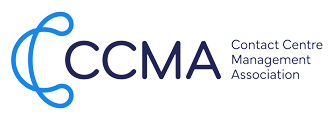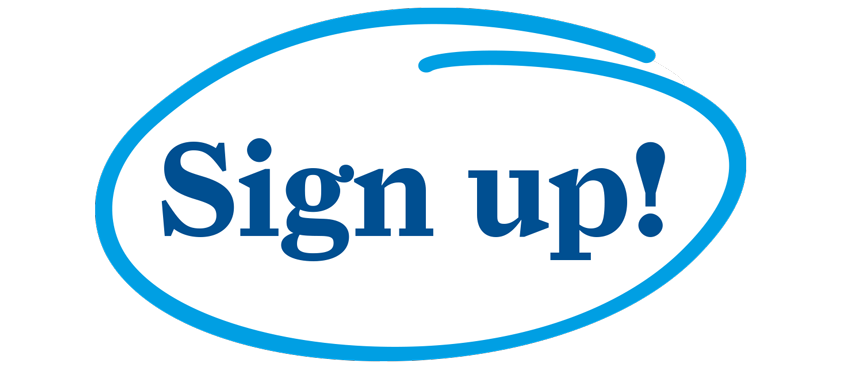
Throughout February, March and April, we hosted a series of online get-togethers for the senior strategic leaders amongst CCMA members.
These strategy sessions were an opportunity for attendees to share knowledge and learnings on a set of themes and trends currently impacting their contact centres.
The topics we covered:
- Organisational structures
- Emerging and changing roles
- Technology priorities
- Use of artificial intelligence (AI)
- Emerging regulations
- Revenue opportunities
- Managing costs and budgeting
Our first get-together, hosted by CCMA CEO Leigh Hopwood on 7th February, delved into how contact centre leaders are having to adapt their workforce hierarchies to meet the ever-changing role and demand of technology, alongside dealing with the continual pressures to drive down costs while providing greater career progression for colleagues. Here are four key takeaways from the session.
Emerging technologies allow organisations to ‘scale with intimacy’
We’re at the early stages of a significant shift across all industries – from an environment where we have a high volume of people undertaking predominantly manual tasks to one where fewer, more skilled and technology-driven people sit at the centre of organisations undertaking a variety of automated practices.
Subsequently, emerging technologies are the lens through which many contact centre leaders are viewing future organisational structures.
Examples from members included one company that was in the process of a restructure to ensure a “future with tech”, with the CTO deployed as the contact centre lead.
A vital undertaking as part of the restructuring for this company had been creating new role profiles for current colleagues and for the jobs of the future.
And one new term that was raised in the session was the concept of ‘scaling with intimacy’. It’s an acknowledgement that while efficiency will always be central to being technology-focused, it’s important not to lose the personal touch in the process.
Efficiency for the business versus efficiency and a personal experience for the customer is the ultimate balancing act for members, when looking at how to restructure their contact centre.
Structures are being reengineered as a result of AI
For almost all our attendees, artificial intelligence was being used to support and augment customer interactions in some form. One member highlighted that they were using AI to ensure every single one of their team’s interactions were being scored for quality, as opposed to the previous ‘dip-check’ approach they had in place.
Another attendee highlighted that an AI speech analytics tool had been introduced so if a colleague had an abusive caller or a vulnerable customer, the system was doubling-up to make sure managers were alerted, as a second line of protection.
For some, however, the impact of AI had not yet been fully realised, and a period of ‘reengineering’ organisational structures was required as a result.
One member spoke about how AI had been introduced to listen to calls across their network of contact centres, and that it had freed up team members that had previously overseen that role manually. The need to reassign those colleagues to new roles while also trying to predict other areas of job roles that might be changed or made redundant by AI – alongside the new roles that might be created as a result – was a key focus.
The role of the team leader is changing
The narrative around AI is that it is most impactful to those on the frontline. But among members, there was a hot debate about how the team leader’s job description is changing.
One member said there was positive change, with team leader to team ratios in their organisation lowering to account for the additional complexities of interactions being dealt with by ‘human’ team members.
Another member also said there were certain consequences of AI on team leaders that weren’t being spoken about enough – that it can take away some of their responsibility.
However, the general feeling among members was that team leaders were seeing their role evolving at breakneck speed, with a more diverse set of colleagues to manage with different needs and skills.
The team leader has increasingly become expected to be even more supportive, and more of a counsellor to colleagues than in previous times. That means their accountability is often heightened rather than reduced.
Data is a superpower
IT and technical employees now see the contact centre as fundamental to their role, something that wasn’t the case in the not-too-distant past.
Skills requirements within the contact centre have shifted, meaning organisations increasingly changing their structure to account for more technical undertakings.
One attendee said analytical skills were in high demand, due to an ever-increasing volume of data to interpret and that “data is a superpower”.
The need for data analysis and interpretation skills continues to drive the changing and merging of roles. However, attendees were in agreement that a key focus for all contact centres was giving teams access to learning and development opportunities across these new technical skills.
Food for thought
The deep-dive into organisational structures via the first of our CCMA Strategy Sessions revealed that evolving technology, particularly AI, is reshaping contact centre structures, as well as roles and leadership expectations.
As organisations adapt, balancing efficiency with empathy – as well as forging technical capability through learning and development – will be vital to building contact centre operations fit for the future.
About the Author

Chris Ward, Content and Communications Manager, CCMA
As content and communications manager, Chris works closely with the CCMA team and the contact centre community to ensure members receive the most relevant, timely and engaging content about their industry. Prior to working with the CCMA, Chris was a seasoned business journalist – this included nine years writing about trends in the CX and contact centre space for former industry publication, MyCustomer.





